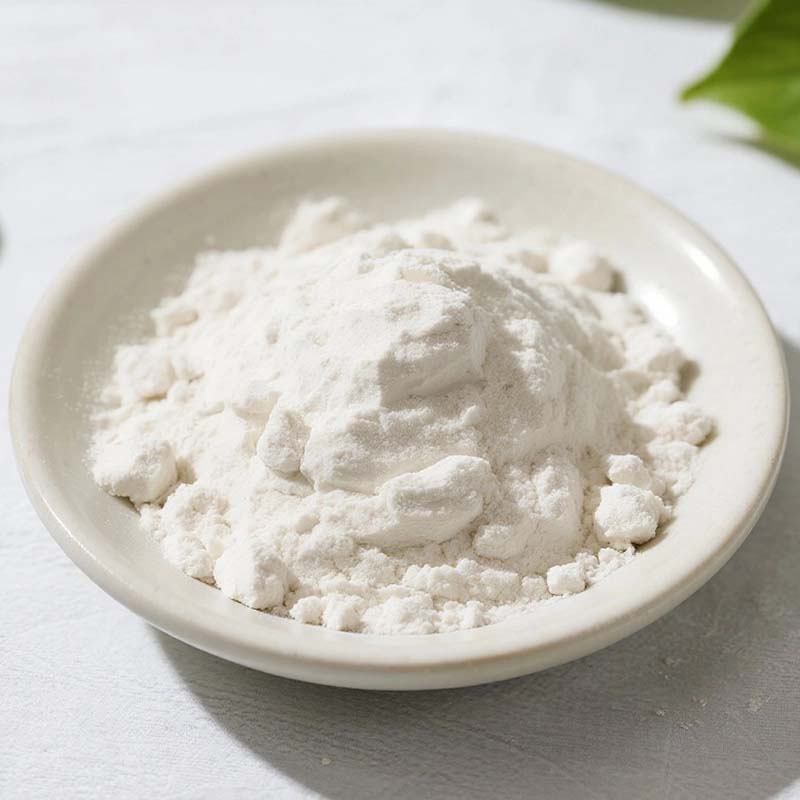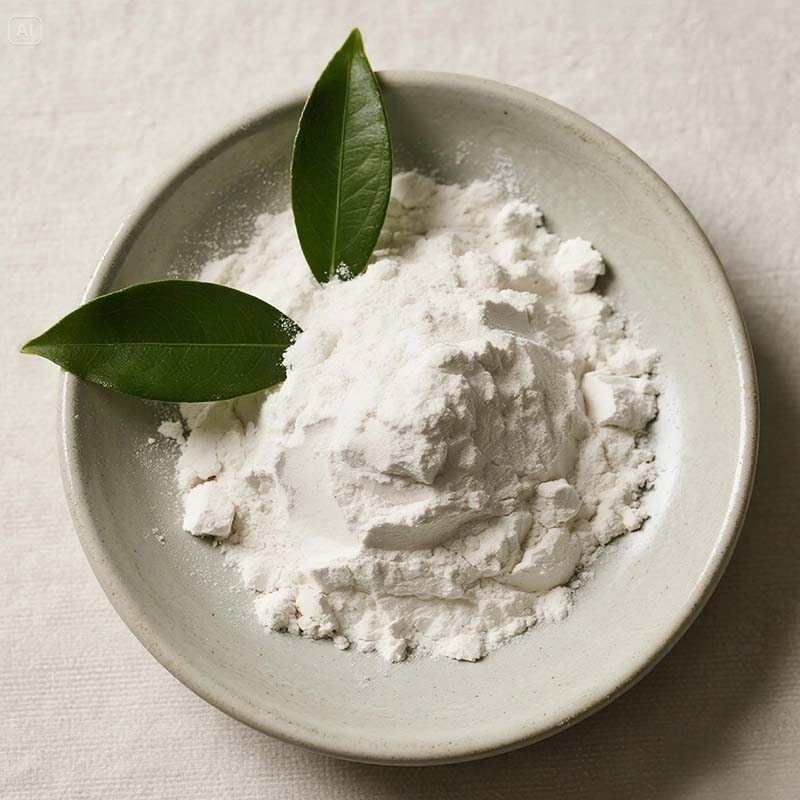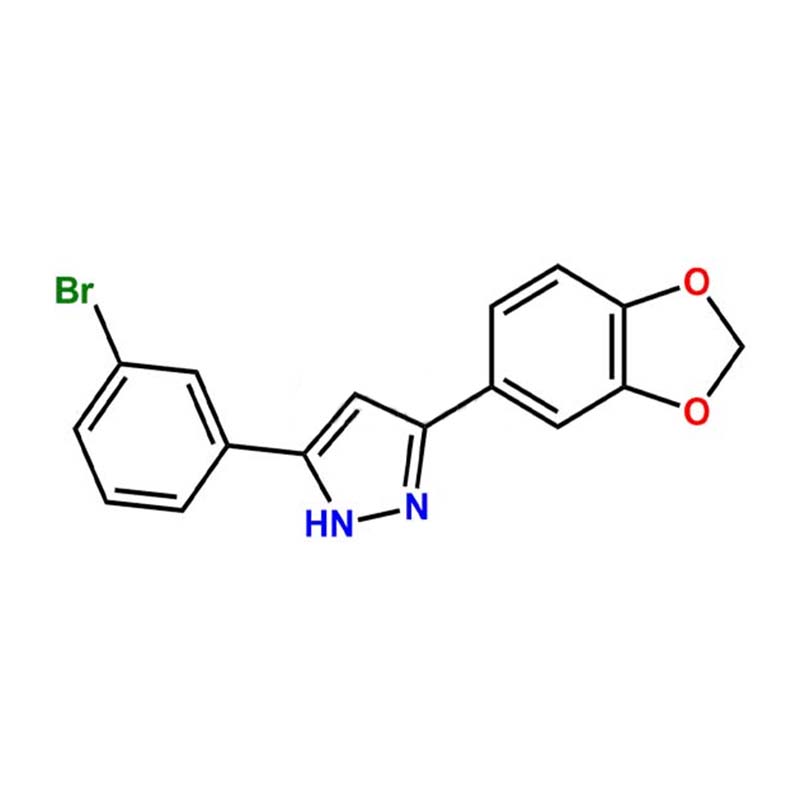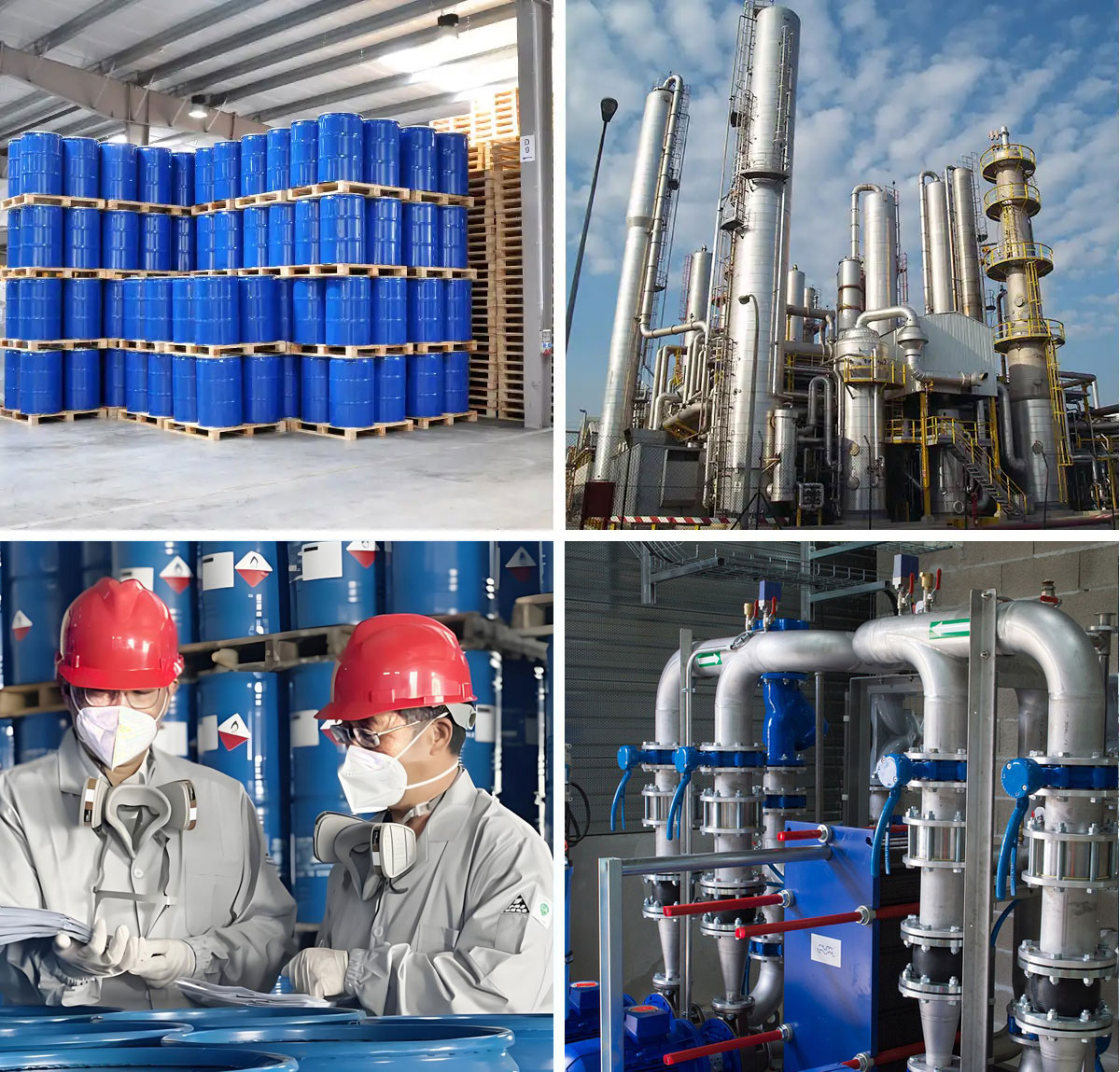DIASTASE
Efficient Hydrolytic Action: Quickly and selectively decomposes starch and glycogen.
Environmentally Safer Method: Offers cleaner processing with less pollution than traditional acid or alkali techniques.
Preserves Material Integrity: Produces soft end-products while protecting textile fibers from damage.
Supports Digestion: Promotes carbohydrate breakdown and improves nutrient uptake.
Amylase refers to a group of enzymes capable of breaking down starch and glycogen. In the textile industry, it is widely applied to remove starch-based sizing from fabrics. Thanks to its high catalytic efficiency and substrate specificity, enzymatic desizing using amylase offers rapid action, achieves excellent desizing results, minimizes environmental pollution, and produces softer materials compared with traditional acid or alkaline treatments, all while preserving fiber integrity.
In biological systems, amylase is mainly secreted by the pancreas and salivary glands, where it plays a key role in carbohydrate digestion. It cleaves glycosidic linkages within starch molecules, transforming complex polysaccharides into simple sugars. Based on their catalytic mechanisms and target sites, amylases are classified into three major types: α-amylase, β-amylase, and γ-amylase.
English Name | DIASTASE |
English Synonyms | MALTIN;MALT DIASTASE;MALT;DIASTASE;DIASTASE (ASPERGILLUS ORYZAE);DIASTASE (EX MALT);DIASTASE (MALT);DIASTASE OF MALT |
CAS Number | 9000-92-4 |
Molecular Weight | 0 |
EINECS Number | 232-567-7 |
Storage Conditions | 2-8°C |
Solubility | Slightly soluble in water (except when mixed with an insoluble diluent); insoluble in ethanol (95%) and ether. |
Form | |
Color | White |
Odor | Odorless |
pH Range of Acid-Base Indicator Color Change | 5.5-6.0 |
Merck | 599 |
Dielectric Constant | 2.7 (Ambient) |
Stability | Stable. Incompatible with strong oxidizing agents. |
Enzyme preparations represent one of the most widely applied categories of enzymes, with particularly high consumption in the food industry. In bread making, they improve dough quality by reducing viscosity, promoting fermentation, enhancing sugar release, and delaying staling. For infant foods, they are used to hydrolyze starch during cereal raw material pretreatment. In brewing, they assist in the saccharification and breakdown of residual starch, playing a key role in both beer and sake production. The alcohol industry also relies on these enzymes for starch conversion and fermentation efficiency. In juice processing, they facilitate starch degradation, increase filtration speed, and improve yield. Beyond these applications, enzyme preparations are also employed in the processing of vegetables, syrups, maltose, dextrins, and glucose.
















